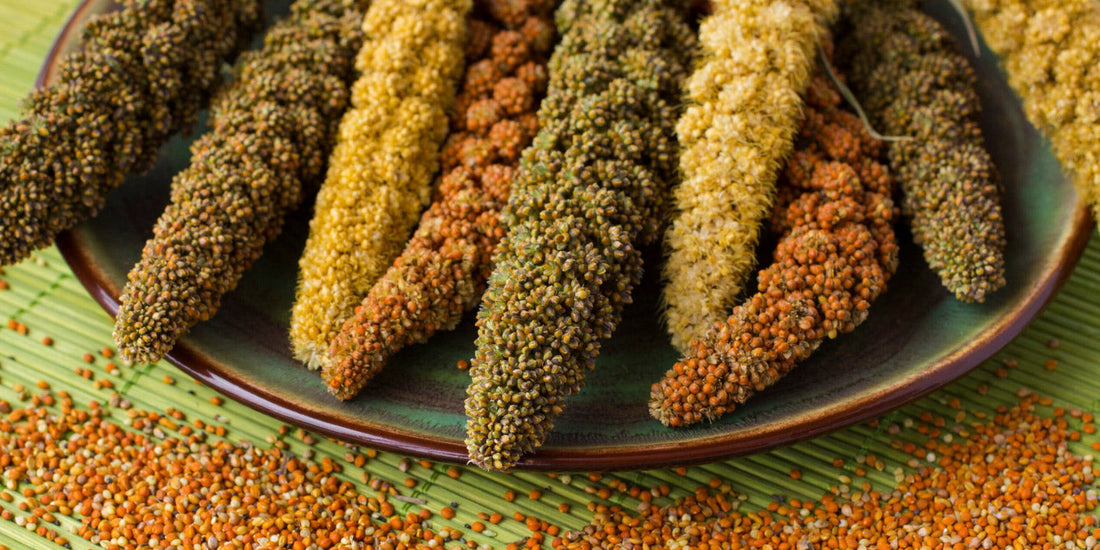
Discover the Power of Healthiest Millets: A Guide to Nature’s Power-Packed Grains
Share
From aiding digestion to boosting immunity and strengthening bones, each millet has its own unique health advantages. Let’s explore how these ancient grains can contribute to a balanced and healthier lifestyle.
Introduction
Millets, often called “small grains with big benefits,” have been a staple in Indian kitchens for centuries. Their recent resurgence is driven by their impressive nutritional value and adaptability in modern diets. But with so many varieties available, which one stands out as the healthiest? This guide takes a closer look at India’s most popular millets, examining their distinct benefits and how they can fit into your daily meals.
Foxtail Millet(Kangni)
One of India’s oldest cultivated millets, foxtail is gluten-free and rich in dietary fiber—great for gut health and regular digestion. It also contains iron, magnesium, and phosphorus, making it ideal for bone strength and energy production. With a low glycemic index, it’s perfect for managing blood sugar, especially for diabetics.
Pearl Millet(Bajra)
A robust, drought-tolerant grain, pearl millet is packed with protein, making it a strong choice for vegetarians. High in iron and magnesium, it supports bone health and combats anemia. Its fiber content helps control weight and improves digestive function.
Finger Millet(Ragi)
Ragi is one of the best natural sources of calcium, crucial for bone development and maintenance. Its antioxidant properties and low glycemic index make it ideal for people with diabetes. It also contains essential amino acids, aiding protein absorption and muscle health.
Sorghum Millet(Jowar)
Jowar is gluten-free and provides complex carbohydrates that release energy steadily, keeping you energized longer. Rich in B vitamins and iron, it enhances metabolism and immunity. Its antioxidants help fight oxidative stress and support healthy aging.
Little Millet(Kutki/Samai)
This tiny grain is high in B-complex vitamins like niacin and thiamine, which aid in energy production and metabolic health. It’s gluten-free and fiber-rich, supporting digestive wellness and helping in weight control.
Barnyard Millet(Sanwa)
Known for its nutty taste and dense nutrition, barnyard millet is rich in iron and zinc, boosting immunity and preventing deficiencies. Its low glycemic index and fiber content make it diabetes-friendly and good for gut health.
Conclusion
Each millet brings something unique to the table—foxtail for digestion, pearl millet for protein and bone health, finger millet for calcium, sorghum for sustained energy, little millet for metabolism, and barnyard millet for immunity. Rather than focusing on one "healthiest" millet, incorporating a mix into your diet ensures a broader range of nutrients and health benefits.
Embrace the power of variety. By rotating different millets into your meals, you unlock the full potential of these wholesome grains for a healthier, more balanced life.